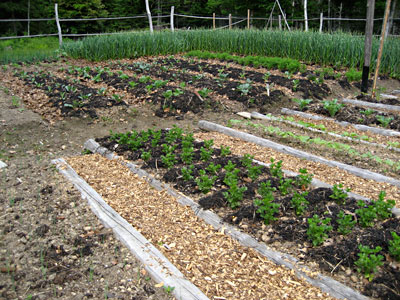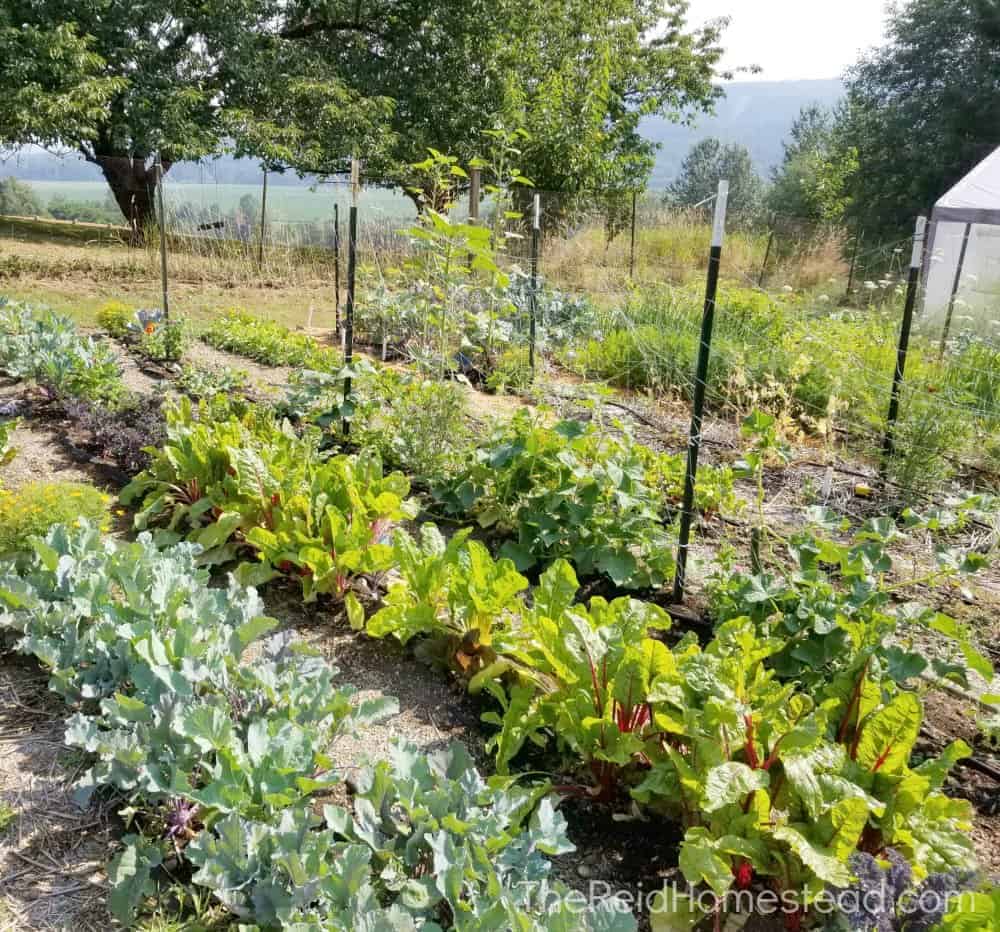Expert-Approved Tips on Homestead Gardening
Expert-Approved Tips on Homestead Gardening
Blog Article
Discover the Keys to Producing a Stunning and Productive Horticulture Space
Developing a lovely and productive gardening space is not simply a matter of growing veggies and flowers; it needs a critical strategy that includes different important components. From picking the right area based on sunshine and soil type to thoughtfully designing your format and selecting appropriate plants, each decision plays a critical role in the success of your yard.
Choosing the Right Place
Picking the excellent area for your garden is crucial to its success and overall aesthetic allure. The primary step in this process involves examining sunlight direct exposure, as many plants need a minimum of 6 hours of direct sunshine daily (Homestead Gardening). A south-facing yard usually obtains one of the most light, while shaded areas can hinder development and flowering
Furthermore, consider dirt high quality and drainage. Well-draining dirt is important to protect against water logged roots, which can bring about plant illness. Performing a soil test can offer important information regarding pH levels and nutrition web content, allowing you to modify the dirt as necessary.
Furthermore, distance to water resources is another aspect to weigh - Homestead Gardening. Having simple accessibility to a hose or watering system can streamline the watering process and encourage constant plant treatment. Wind security is additionally essential; positioning your yard near frameworks, such as walls or fences, can protect it from rough winds that might damage delicate plants
Finally, consider ease of access for maintenance and harvesting. A well-placed yard enables practical access, making sure that you can quickly tend to your plants without triggering unnecessary anxiety or disruption. Thoughtful location selection lays the foundation for a thriving yard.
Choosing Plants Wisely
When choosing plants for your yard, it's important to take into consideration aspects such as environment, soil problems, and personal preferences to make certain a efficient and unified area. A comprehensive understanding of your neighborhood climate will certainly direct you in choosing plants that prosper in your particular environment. For circumstances, picking drought-resistant ranges is useful in deserts, while moisture-loving types may be better suited for areas with high rains.
Dirt conditions are equally vital; performing a soil test can expose pH degrees and nutrient content, permitting you to select plants that will thrive. Indigenous plants are commonly an exceptional option, as they are normally well-adapted to regional dirt kinds and require less upkeep.
Reflect on your individual choices-- picking plants that resonate with your aesthetic tastes will certainly boost your pleasure and dedication to keeping your garden. By meticulously examining these variables, you can create a successful and diverse plant option that boosts your horticulture experience.
Designing Your Garden Format
With a thoughtfully picked plant option in hand, the next step is to produce a yard design that takes full advantage of both charm and functionality. Begin by evaluating the offered area, considering aspects such as wind, shade, and sunlight patterns. A well-planned layout ought to integrate different areas, including areas for planting, paths, and perhaps seating.
Begin with bigger plants or centerpieces, such as trees or high perennials, put tactically to develop aesthetic passion. Layer smaller sized plants ahead to improve deepness and appearance. Take into consideration the growth behaviors of your selected plants; taller ranges should be positioned at the back or center of beds, while shorter ones can line the edges.
Including pathways not just facilitates accessibility for maintenance but also invites exploration. Use products that enhance the yard's total visual, whether gravel, rock, or timber chips.
Additionally, consider seasonal adjustments and exactly how your layout will certainly look throughout the year. Including evergreens together with seasonal flowers can make certain year-round appeal. Eventually, a well-designed yard layout integrates the all-natural appeal of plants with functional considerations, leading to a space that is both welcoming and efficient.
Enhancing Soil Health

To improve soil wellness, begin by carrying out a dirt examination to examine pH levels, nutrient content, and soil structure. Incorporate natural issue such as garden compost, well-rotted manure, or fallen leave mold and mildew to improve soil structure, water retention, and microbial task.
Mulching is one more reliable approach; it not only preserves moisture however additionally suppresses weeds and gradually enhances the dirt as it breaks down. Preventing extreme tillage is important, as it can interrupt soil framework and damage valuable microorganisms. Rather, take on no-till or minimal tillage practices to maintain dirt honesty.

Maintaining Your Garden Effectively
A properly maintained garden is a source of satisfaction and performance, needing regular interest to make sure that plants prosper and the landscape stays inviting. Efficient garden maintenance entails numerous key practices that enhance the wellness of your plants and the general aesthetic of your room.
Routine watering is important; nevertheless, it is very important to tailor your watering timetable based upon the specific needs of your plants and local environment conditions. Mulching can aid retain moisture, subdue weeds, and control soil temperature. Prompt weeding stops competitors for resources and nutrients, ensuring that your plants prosper.
Pruning is one more vital task. It urges healthy development, eliminates dead or unhealthy branches, and forms plants to maintain an attractive structure. In addition, keeping an eye on for insects and illness is important; early discovery and intervention can save your plants from significant damages.
Fertilizing ought to be performed thoughtfully, utilizing natural options whenever feasible to promote long-term soil wellness. Finally, seasonal tasks such as growing, dividing perennials, and planning for winter will certainly guarantee your garden remains lively year-round. By adhering to these techniques faithfully, you can cultivate a yard that is both lovely and productive.
Verdict
Picking an ideal place with ample sunlight, selecting appropriate plants, creating a cosmetically pleasing design, boosting dirt useful link health and wellness, and making sure routine maintenance are essential parts. By incorporating these methods, one can cultivate a growing garden that not just improves the landscape but additionally promotes ecological equilibrium and sustainability.
From choosing the right area based on sunshine and dirt kind to thoughtfully making your design and choosing suitable plants, each choice plays a crucial function in the success of your yard. Well-draining soil is necessary to stop waterlogged origins, which can lead to plant diseases.When choosing plants for your Find Out More garden, it's crucial to take into consideration elements such as environment, dirt problems, and individual preferences to make certain a unified and effective space. Inevitably, a well-designed garden format harmonizes the all-natural beauty of plants with practical factors to consider, resulting in a space that is both inviting and effective.

Report this page